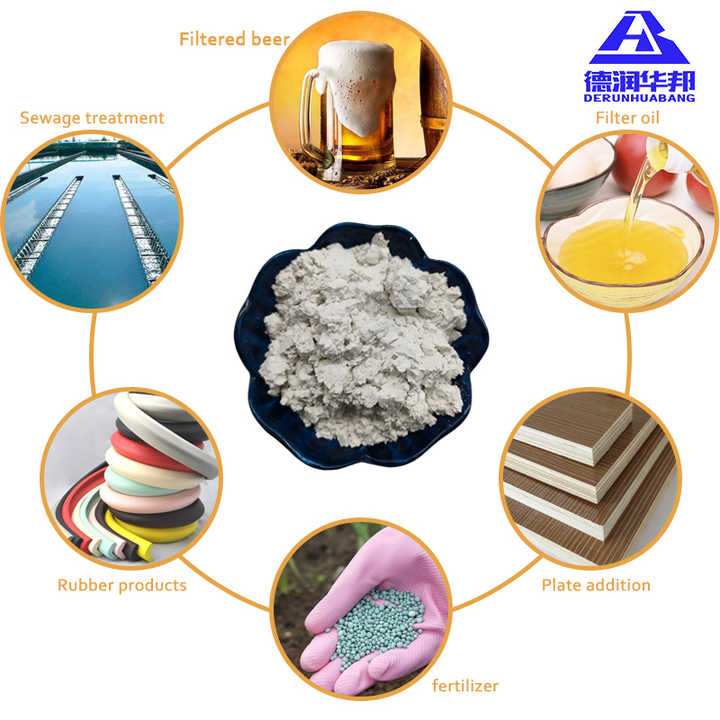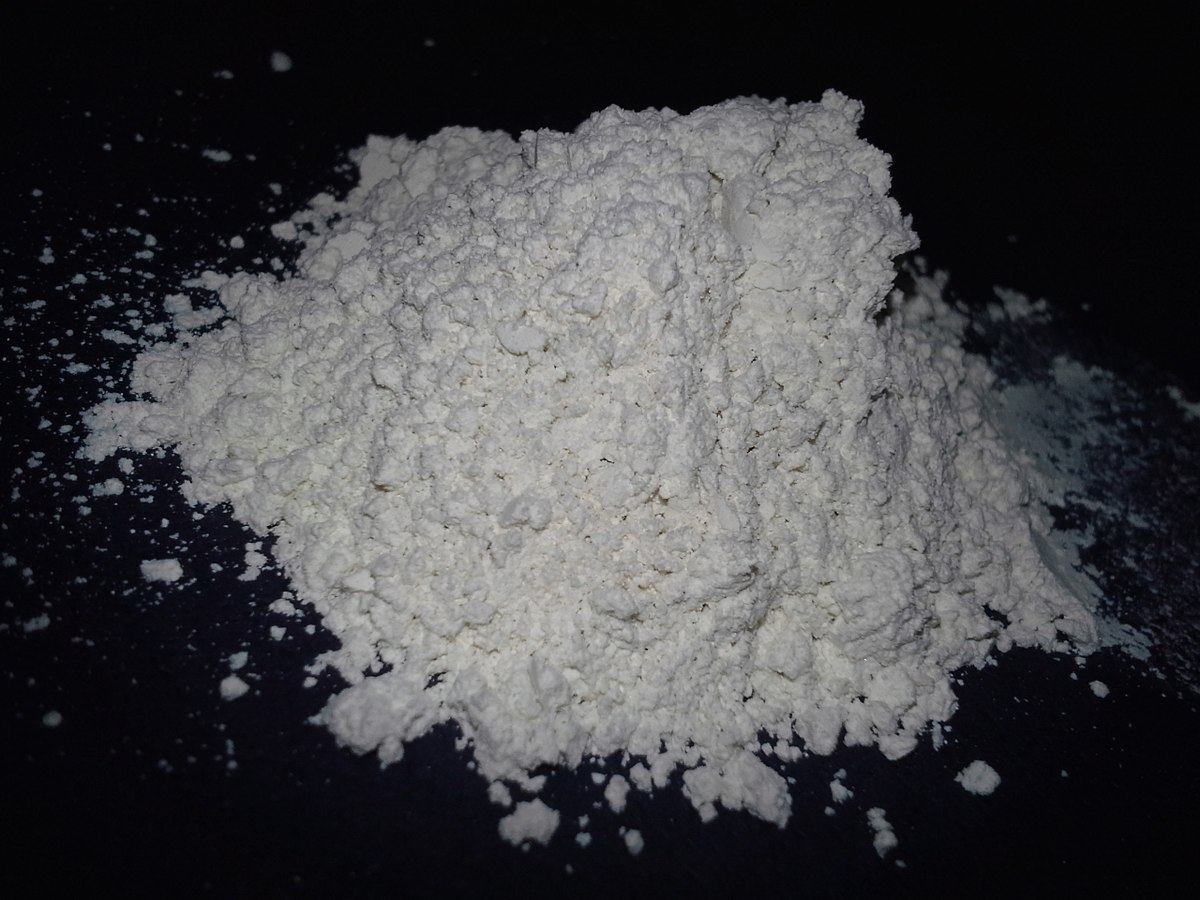Diatomaceous Planet Filtering: A Natural Solution for Superior Water Filtration

Diatomaceous Planet (DE) filtering has actually emerged as an engaging method for improving water filtration, using the one-of-a-kind residential properties of fossilized diatoms. As problems over water high quality magnify, recognizing the advantages and sensible applications of DE filtering system ends up being significantly relevant.

What Is Diatomaceous Earth?
Diatomaceous planet (DE) is a normally occurring, soft, sedimentary rock that is composed primarily of the fossilized remains of little aquatic microorganisms recognized as diatoms. These single-celled algae possess a distinct, silica-based cell wall surface that adds to the distinct properties of DE. The rock is normally light and porous, permitting it to take in numerous compounds efficiently.

Because of its high porosity and absorptive capability, DE offers many applications, including its use in agriculture, parasite control, and, significantly, water filtration. The effectiveness of diatomaceous earth in filtering is credited to its capacity to catch and eliminate contaminations from water, making it a progressively popular selection among those looking for all-natural filtering options. Its environment-friendly nature and versatility even more boost its allure across various sectors.
How Diatomaceous Planet Filtering Functions
The special framework of diatomaceous planet (DE) allows it to operate as an efficient filtration tool in water purification systems (diatomaceous earth filtering). Made up of the fossilized remains of tiny, water microorganisms referred to as diatoms, DE has a extremely absorbing and permeable nature. This elaborate structure permits DE to trap impurities and impurities as water moves through it, properly removing bits as small as 1 micron
When water is travelled through a DE filter, the fluid encounters a network of tiny pores that capture suspended solids, germs, and other unwanted materials. The purification process takes place due to both mechanical and electrostatic communications, where bigger fragments are physically caught within the DE's matrix, while smaller sized bits might stick to the surface area as a result of charged communications.
Furthermore, DE can be used along with other purification methods to enhance overall effectiveness. As water remains to stream through the DE layer, it progressively ends up being more clear and cleaner, showcasing the medium's capacity to enhance water top quality without the requirement for harsh chemicals. This natural filtering procedure highlights diatomaceous earth's function as a lasting and efficient service for water purification.
Advantages of Diatomaceous Planet Filtering
Performance in water purification is considerably improved via making use of diatomaceous earth (DE) filtering, offering many advantages that make it a favored selection for numerous applications. One of the primary benefits of DE filtering is its capability to remove a large range of contaminants, including microscopic organisms, sediments, and even specific chemicals. This capacity makes sure that the water detoxified through this approach is not just clean but likewise safe for intake.
In addition, DE filters have a high flow rate, which enables for quicker purification compared to typical methods. This particular is specifically beneficial for large procedures such as municipal water treatment plants or swimming pools. Using DE likewise lessens the need for extreme chemical ingredients, promoting a much more eco-friendly approach to water filtration.
In addition, DE filtering systems are relatively easy to keep, calling for much less frequent substitute than other filtration media. The all-natural origin of diatomaceous planet adds to its sustainability, making it an eco-conscious option. Generally, the combination of performance, performance, and environmental advantages positions diatomaceous planet filtering as a leading remedy in the world of water filtration.
Contrast With Traditional Water Filters
When examining water purification techniques, diatomaceous planet filtering system sticks out in contrast to standard water filters. Standard water filters, such as activated carbon or ceramic filters, largely concentrate on removing impurities with adsorption or physical obstacles. While these techniques work for sure impurities, they may not catch smaller particles, bacteria, or viruses as successfully as diatomaceous earth (DE) filters.
Diatomaceous planet filtering uses the one-of-a-kind structure of diatomite, composed of tiny, permeable fossilized algae. This allows DE filters to trap fragments as tiny as 1 micron, offering exceptional purification capabilities. Additionally, DE filters can deal with bigger volumes of water without substantial pressure loss, making them suitable for both property and commercial applications.
Furthermore, diatomaceous planet is a natural and sustainable material, posing less ecological worries contrasted to some artificial filter media. In contrast, conventional filters typically need regular substitute and disposal, causing boosted waste.
Applications and Use Situations
Diatomaceous earth (DE) filtering has a diverse series of applications throughout various sectors as a result of its reliable filtration capacities. site here One of the most famous usages of DE remains in the food and beverage market, where it functions as a filtering tool for wine, beer, and juice manufacturing. Its permeable framework properly eliminates impurities, ensuring a clear and palatable final item.
In the realm of swimming pool upkeep, DE filters Discover More Here are preferred for their capacity to trap penalty fragments, giving remarkable water quality compared to standard sand filters. Additionally, DE is utilized in local water therapy centers, where it assists in the elimination of put on hold solids, microorganisms, and various other contaminants, adding to safe alcohol consumption water.

Beyond water purification, diatomaceous earth locates applications in the agricultural sector as a natural chemical and dirt amendment, promoting healthier plants while minimizing chemical use. Its absorbent homes make it beneficial in various industrial procedures, including oil spill clean-ups and as a filler in construction products. On the whole, the versatility of diatomaceous earth filtering system placements it as an important option for improving water top quality across multiple domain names.
Conclusion
Diatomaceous earth filtering system stands for a efficient and lasting technique for water filtration. Its one-of-a-kind buildings make it possible for the capture of microscopic pollutants without making use of hazardous chemicals, thus promoting ecological safety. The high flow price and low maintenance requirements even more boost its charm compared to standard purification techniques. As awareness of water top quality concerns grows, the adoption of diatomaceous earth filters in numerous applications is likely to enhance, adding to enhanced public health and ecological conservation.
Diatomaceous Planet (DE) filtering system has arised as a compelling technique for boosting water filtration, using the special homes of fossilized diatoms. As water continues to move with the DE layer, Check This Out it gradually becomes clearer and cleaner, showcasing the tool's ability to enhance water top quality without the need for harsh chemicals.Performance in water filtration is considerably enhanced via the use of diatomaceous planet (DE) filtering, offering various benefits that make it a recommended choice for several applications.When assessing water purification methods, diatomaceous planet filtering stands out in comparison to typical water filters. Standard water filters, such as activated carbon or ceramic filters, mostly focus on getting rid of pollutants via adsorption or physical obstacles.